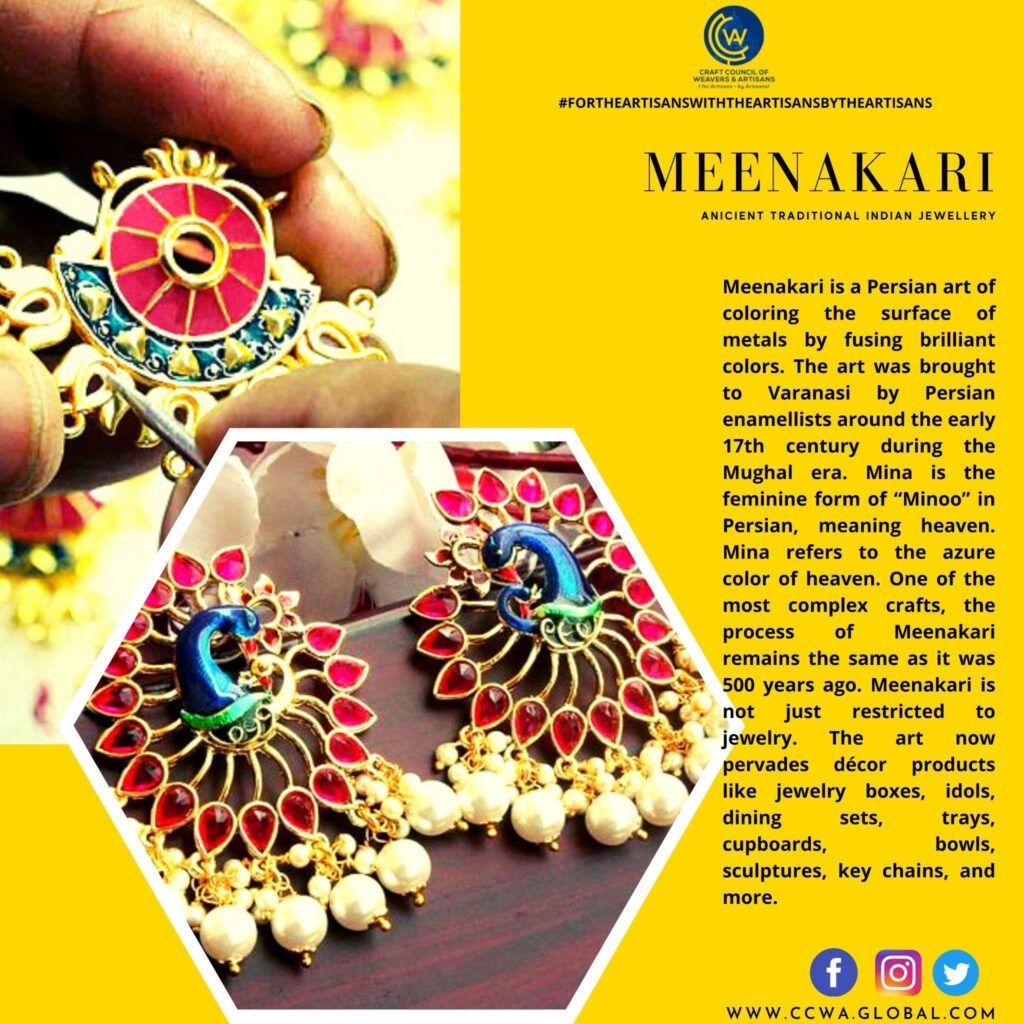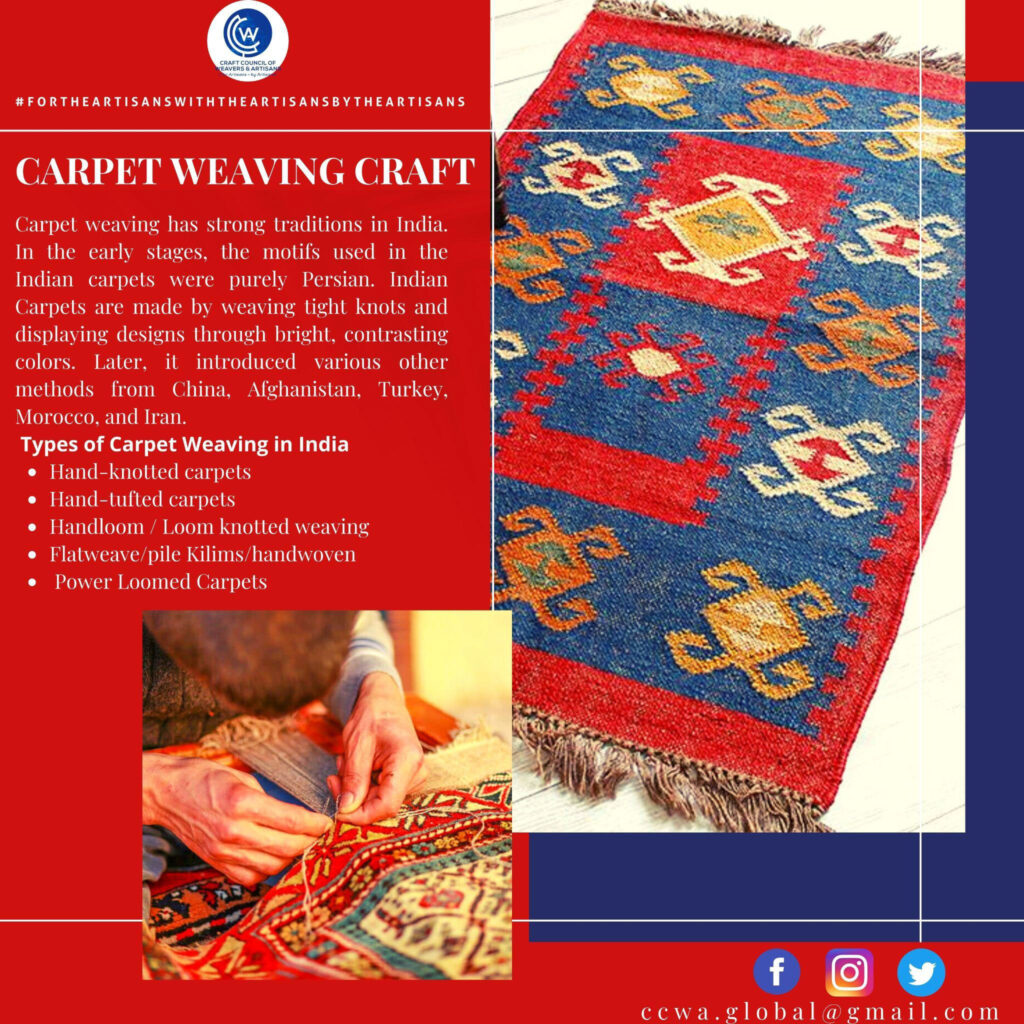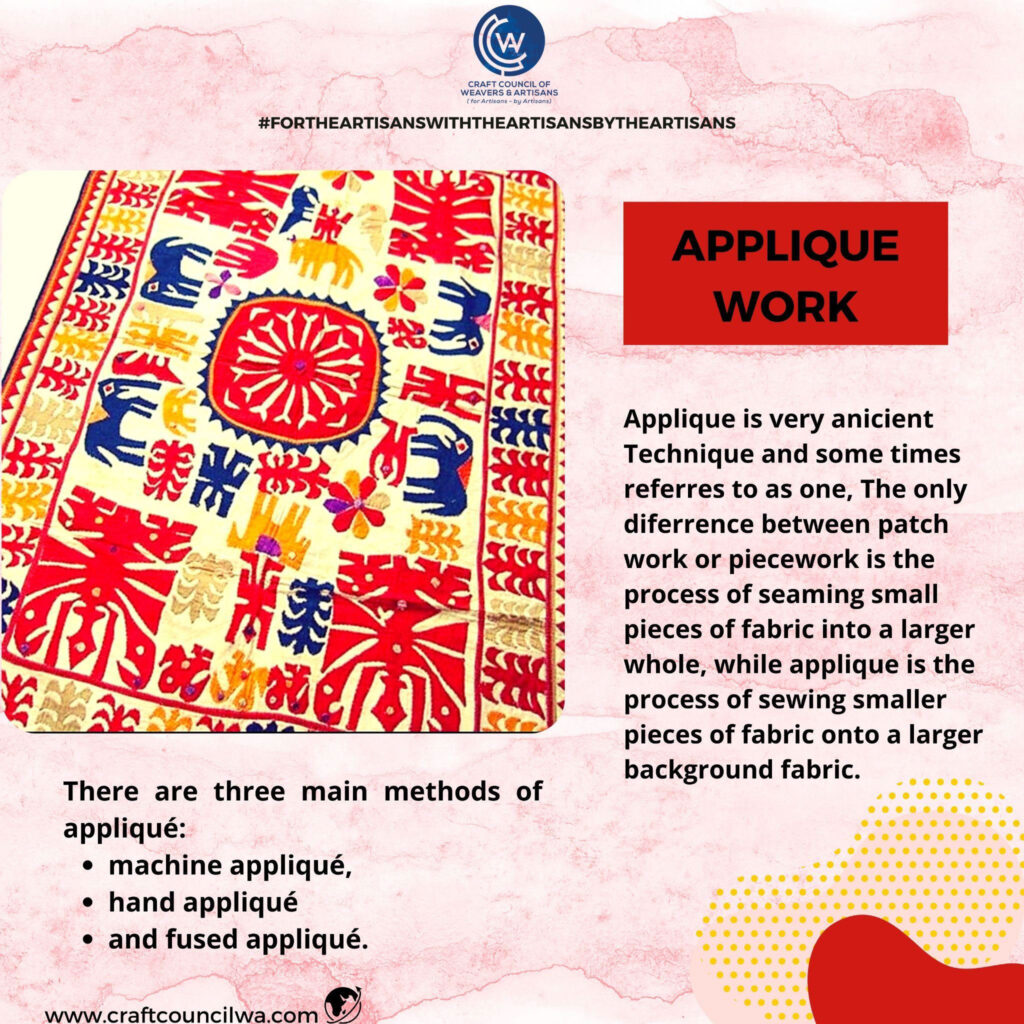Arts

MEENAKARI
Meenakari is a Persian art of coloring the surface of metals by fusing brilliant colors. The art was brought to Varanasi by Persian enamellists around the early 17th century during the Mughal era. Mina is the feminine form of “Minoo” in Persian, meaning heaven. Mina refers to the azure color of heaven. Introduced in Rajasthan by Raja Mansingh of Amer, as the craft flourished under Mughal patronage, it became a design of its own and led to reversible jewelry. One of the most complex crafts, the process of Meenakari remains the same as it was 500 years ago. Introduced in Rajasthan by Raja Mansingh of Amer, it initially used this Persian craft to create designs on the back of traditional Polki jewelry.
Meenakari can be found in three forms:
Ek Rang Khula Meena: Only the gold outlines are exposed and the single transparent color is used to cover the whole engraved area.
Panch Rangi Meena: In this form, five colors, namely, green, light blue, dark blue, white, and red, are used.
Gulabi Meena: Inspired by the pink blush of roses, pink is the dominant color in this form of art. Varanasi is famous for its Gulabi Meena work.
CARPET WEAVING CRAFT
Carpet weaving has strong traditions in India. In the early stages, the motifs used in the Indian carpets were purely Persian. Indian Carpets are made by weaving tight knots and displaying designs through bright, contrasting colors. Later, it introduced various other methods from China, Afghanistan, Turkey, Morocco, and Iran.
Weaving carpets require definite skills and a certain level of expertise on the part of the weaver. There have been different types of weaving techniques that can be used to produce carpets with a variety of effects and designs on them. Every act of weaving involves choosing a particular fiber, deciding on colors, imagining an abstract or design, a weaving technique and finally a finishing process where the carpet finally turns into a refined piece of craft and comfort.
Types of Carpet Weaving in India
- Hand-knotted carpets
- Hand-tufted carpets
- Handloom / Loom knotted weaving
- Flatweave/pile Kilims/handwoven
- Power Loomed Carpets


PUPPETRY ART
Kathputali: a unique Puppet-making craft of Rajasthan. India has a variety of puppetry art forms, including Kathputli. Puppetry, however is much more than a mode of entertainment for children. Since mythological times puppetry has been a popular medium of communication, education, and entertainment.
In India, puppets come in multiple forms. Glove, shadow, rod, and string puppetry form the backbone of the art, while the styles vary from region to region and state to state. In the northern state of Bihar, puppets are almost life-sized; in Bengal, they can weigh up to ten kilos, but in Karnataka and Andhra Pradesh, they are paper-thin. In Rajasthan, they are made with wood and fabric; in Tamil Nadu, they are made of leather; in Bengal with terracotta, and Odisha with wood.
Tales from Ramayana, Mahabharata, and the Puranas are the most common stories narrated through puppetry.Native language, regional context, and local dialect ensure the stories remain relevant to the audience, and the message, if any, is delivered effectively.
BATIK PAINTINGS
Batik painting is a highly beautiful and ancient art form. Batik represents the wax-resist dye technique used in textiles. Batik paintings represent a highly unique form of art involving various figures and patterns drawn on the pieces of fabric. Batik artists make use of dyes as color. These paintings are believed to have originated in Indonesia, wherein the original word referred to the dots on clothes. This art is more than one thousand years old. Each piece of Batik painting has a unique feel due to the endless combinations of dye coloring, wax effects, and the fabric types. The Batik painting technique also involves great precision and concentration.
The elaborate art of Batik is a three-stage process that involves stages like waxing, dyeing, and also dewaxing (removing the wax). There are other sub-processes like preparing the cloths and the designs, where the fabric is stretched on the frame followed by waxing the area of the cloth that does not need dyeing. This is followed by preparing the dye, dipping the cloth in the dye and eventually boiling the cloth for removing wax and washing of the dyed cloth in soap. The entire process of waxing, dyeing, and de-waxing is even repeated multiple times until the whole batik design or fabric is completed.


APPLIQUE WORK
Appliqué means to apply one piece of fabric to another. Usually, this is a fabric background with shapes of some sort applied on top. The aesthetic of appliqué is often developed further by using a variety of colours to contrast, for example, a red shape placed on a green background.
Methods of Appliqué
There are many different types of appliqué and you may question which one to use. There are three main methods of applying appliqué, they are:
- Machine appliqué
- Hand appliqué
- Fused appliqué
Types of appliqué
Then there are the different styles or types of appliqué, some can be done by hand and some on a sewing machine they are:
- Smooth edge appliqué
- Raw edge appliqué
- Reverse appliqué
- Decorative appliqué
Some Famous States for Applique artwork
- Pipli Applique Work, Orissa
- Cotton Applique Work and Patchwork, Gujarat
- Rajasthani Applique Work, Barmer Rajasthan
KALAMKARI
Kalamkari translates into “pen craft”; with ‘kalam’ meaning pen and ‘Kari meaning art. It is among the most beautiful traditional Indian art forms and involves block printing or hand printing, typically done on cotton fabrics. The unique feature of the Kalamkari art is that it uses only natural colors or vegetable dyes.
The Origin of Kalamkari Art and Printing
Kalamkari art and printing are concentrated primarily in Andhra Pradesh, particularly in Kalahasti and Machilipatnam, and a few other smaller regions. Srikalahasti was the main center of kalamkari art for a fundamental reason: it received a constant supply of clean river water.
Different Styles of Kalamkari Art
Kalahasti Kalamkari
Artisans practicing the Srikalahasti Kalamkari art continue to use the traditional dyeing technique inherited from their ancestors. Srikalahasti is a small temple town found in the Chittoor district in Andhra. The main design inspiration for the Srikalahasti style is ‘Hindu mythology.’
Machilipatnam Kalamkari
The Machilipatnam style of kalamkari is different from the Kalahari style because it is not precisely ‘pen craft’. While creating kalamkari art using the Machilipatnam style, the craftsman creates his sketch and its key design features with the help of hand-carved blocks. These blocks continued to be used repeatedly for many years and by different artisans.


KITE MAKING
Kites are loved in India. In India, the most commonly used kites are flat kites known as fighter kites.
Designing a kite is a skill. Size, the texture of the paper, frame, weight, shape joints, and tail — determine the balance and stability of a kite and, therefore, its flight. The bamboo for making the frame of the kite usually comes from Assam.
Saw is the main tool used for cutting the bamboo into long, narrow strips. A smaller sharp-bladed knife is used to cut the bamboo strips into a fine bow and arrow that span the length and breadth of the kite. . If there are two colours then two kites will be made at the same time. Technically, there will be as many kites made together as the number of colours used. Kite paper is softer than ordinary paper. The cut paper is attached to the bamboo frame, first to the arrow and then to the bow. The bow maintains a curve that keeps the paper stretched and provides flexibility when the kite is being flown. The tail is strengthened using small bamboo pieces to provide weight and steadiness.
‘Rampur, kites are known for the strength of their frames. Nowadays, kites come in Shiny polyester paper is being used but this is tougher and more expensive and is generally not used for sporting purposes. In India, Makar Sankranti, a festival celebrated in mid-January is marked as a kite season. In cities like Jaipur and Jodhpur in Rajasthan and Ahmedabad in Gujarat, thousands of multicolored kites fill the sky around this time of the year.
METAL WARE ART
The metal crafts of India display intricate craftsmanship and fine art in shaping gold, silver, brass, copper into exquisitely designed images, idols, jewelry, and utility items. Different categories of handicrafts that come under metal ware are brass metalware of Moradabad, metal bidri work, and bell metal in Madhya Pradesh, Odisha, and so on.
- Dokra Metal Casting
- Metal Craft
- Metalware
Dokra Metal Casting
This is the indigenous metallurgy art of the Dhokra Kamar tribes of West Bengal. The products produced through this technique have a charming rustic look that has made them very popular in India as well as abroad. Craftsmen usually make figurines of deities, sacred animals as well as birds. Jewelry pieces, like necklaces and bracelets made by Dokra, are also exquisite.
Metal Craft
Brass and Bell Metal wares occupy a pride of place in Odia society. The artisans are traditionally called ‘Kansari.’ The workshop is called ‘Sala’ or shed where the beating, heating, and polishing is done. The product range includes cooking ware, utensils, gongs, small bells, etc. One of the typical items is the Flexible Brass Fish of Ganjam.
Metalware
Uttar Pradesh is the largest Brass and Copper producing state in India. In domestic-ware, each of the ‘lotas’ (small water-pots) is known by the name of its origin, like Etawah, Banaras, Sitapur, etc. The ritual articles are largely in copper.

